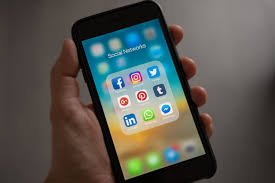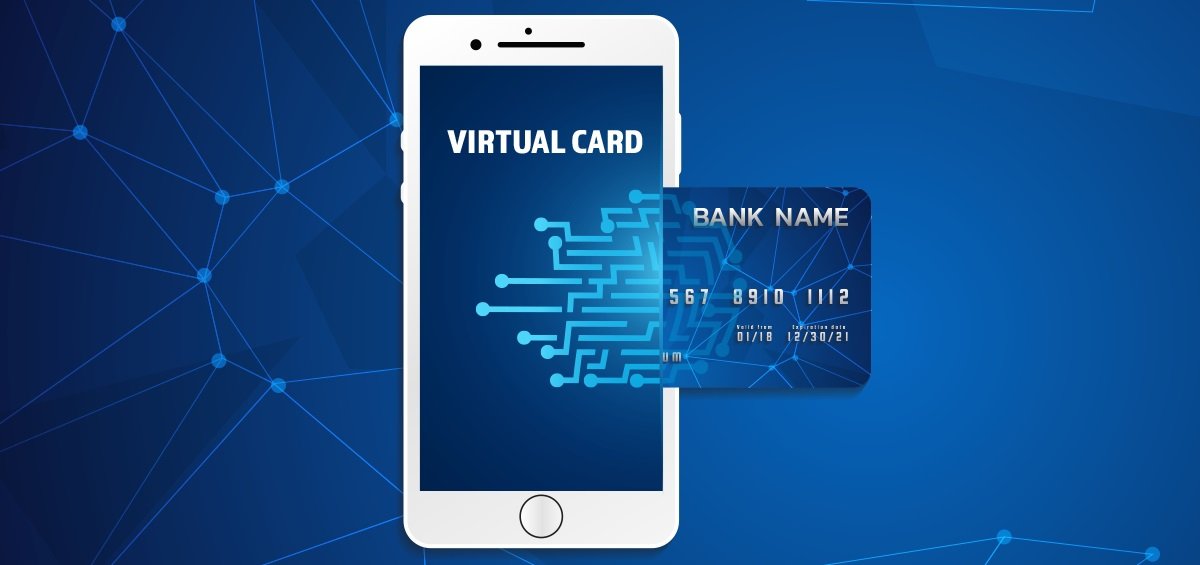The mobile app development landscape is constantly evolving, with new technologies and user expectations driving innovation. As we approach 2025, mobile apps must go beyond basic functionality and deliver seamless, engaging, and user-centric experiences. Whether you’re developing a mobile app for business or leisure, certain features are essential to meet modern demands and ensure your app stands out in a competitive market.
In this article, we’ll explore the top 10 features every mobile app should have in 2025 to ensure it is user-friendly, secure, and equipped for the future.
1. Artificial Intelligence (AI) and Machine Learning (ML) Integration
Artificial Intelligence (AI) and Machine Learning (ML) are no longer just buzzwords—they have become fundamental to enhancing user experience. By 2025, most apps will incorporate AI and ML to provide personalized, intelligent interactions.
- Personalization: AI can analyze user behavior and preferences to deliver a tailored experience. This could include personalized content, recommendations, and notifications.
- Predictive Analytics: ML algorithms can predict user actions and needs, helping apps make proactive recommendations, alerts, or even anticipate potential issues.
By leveraging AI and ML, your app can become smarter and more adaptive, ensuring users have a highly personalized and efficient experience.
2. Biometric Authentication for Security
Security continues to be a top priority for mobile app users. By 2025, biometric authentication methods like fingerprint scanning, facial recognition, and iris scanning will be essential for ensuring secure access to apps.
- Enhanced Security: Biometric authentication offers an additional layer of security over traditional passwords and PINs.
- User Convenience: Users can log in quickly and securely, making it easier to access apps without the hassle of remembering passwords.
This feature not only ensures better data protection but also boosts user trust and satisfaction.
3. Dark Mode
Dark mode has gained immense popularity in recent years, and by 2025, it will be an essential feature for mobile apps.
- Reduced Eye Strain: Dark mode reduces the blue light emitted by screens, which can help reduce eye strain, particularly in low-light environments.
- Battery Efficiency: On OLED and AMOLED screens, dark mode can extend battery life by using less power to display dark pixels.
This simple yet effective feature enhances user experience, especially for users who spend extended periods using their mobile apps.
4. Voice and Gesture Control
Voice assistants like Siri, Alexa, and Google Assistant have already transformed how users interact with their devices. By 2025, we’ll see a broader adoption of voice and gesture controls across mobile apps.
- Voice Search and Commands: Voice control allows users to interact with apps hands-free, making navigation easier and more efficient.
- Gesture-Based Navigation: Users can perform actions such as swiping, zooming, or scrolling using hand gestures, reducing the need for physical touch.
These features will enhance accessibility and provide a more seamless, hands-free experience for users.
5. Augmented Reality (AR) and Virtual Reality (VR)
Augmented Reality (AR) and Virtual Reality (VR) are gaining momentum, particularly in sectors like retail, entertainment, education, and healthcare. By 2025, these technologies will become essential for creating immersive app experiences.
- AR for Interactive Shopping: Users can visualize products in their own environment, such as trying on clothes virtually or seeing how furniture fits in their living room.
- VR for Gaming and Training: VR will offer immersive experiences for gaming, education, and training simulations.
As AR and VR technologies become more mainstream, integrating them into your app will offer unique, interactive, and engaging experiences for users.
6. Multi-Device Synchronization
In today’s multi-device world, users expect to access their apps across different devices seamlessly. By 2025, multi-device synchronization will be a must-have feature for mobile apps.
- Consistency Across Devices: Whether users are accessing the app on their phone, tablet, or smartwatch, the experience should remain consistent, and their data should sync automatically.
- Cross-Platform Compatibility: Apps should work smoothly across different operating systems (iOS, Android, web) and devices, providing users with a unified experience.
This feature will enhance user convenience, ensuring they can switch between devices without losing progress or data.
7. In-App Payments and Digital Wallet Integration
As e-commerce and mobile payments continue to rise, integrating in-app payments and digital wallet features is essential for 2025 apps.
- Seamless Transactions: Users can make payments, transfer money, or purchase products without leaving the app, improving convenience.
- Secure Payment Methods: Integrating secure payment gateways like Apple Pay, Google Pay, or other digital wallets ensures a safe and easy transaction process.
In-app payments and digital wallet integration allow businesses to offer a smooth purchasing experience, increasing conversion rates and customer satisfaction.
8. Push Notifications and In-App Messaging
Push notifications and in-app messaging are powerful tools for engaging users and keeping them informed. By 2025, these features will evolve to become even more personalized and context-aware.
- Personalized Notifications: Notifications will be tailored to user preferences, offering relevant updates, promotions, or reminders based on their behavior and interests.
- Real-Time Messaging: In-app messaging allows businesses to communicate with users in real time, whether for support, marketing, or transactional purposes.
These features enhance user engagement, retention, and overall app usage, helping to build stronger connections with your audience.
9. Location-Based Services
Location-based features have already revolutionized industries like travel, food delivery, and retail. By 2025, we can expect even more innovative uses for location services.
- Geofencing: Apps can trigger notifications or actions when users enter or leave a specific geographic area, such as offering discounts at a nearby store.
- Real-Time Navigation: Apps that provide directions, map services, or live traffic updates can enhance user experience, especially in transportation or delivery apps.
Location-based features make apps more relevant and tailored to the user’s current context, driving engagement and improving usability.
10. Sustainability and Eco-Friendly Features
As sustainability becomes a global priority, mobile apps will increasingly incorporate eco-friendly features to reduce their environmental impact.
- Battery Optimization: Apps should be designed to use minimal power and resources, ensuring users can enjoy extended battery life while using the app.
- Sustainable Practices: Apps can help users track their carbon footprint, promote eco-friendly habits, or support sustainable brands and businesses.
By integrating sustainability features, your app can align with the growing trend of environmentally conscious consumers, contributing to a more eco-friendly digital ecosystem.
Conclusion
The future of mobile app development is exciting, and by 2025, apps will need to be smarter, more engaging, and user-centric. Incorporating AI, biometric security, AR/VR, and other cutting-edge technologies will ensure your app stays relevant and competitive in an increasingly crowded market.
By including these top 10 features, you can create a mobile app that not only meets but exceeds user expectations, providing a seamless, secure, and innovative experience that keeps users coming back.
Key Takeaways:
- AI and ML enable personalized and predictive experiences.
- Biometric authentication ensures enhanced security and convenience.
- Dark mode improves user comfort, especially in low-light conditions.
- Voice and gesture controls offer hands-free interactions and greater accessibility.
- AR and VR create immersive, interactive experiences for users.
- Multi-device synchronization ensures seamless access across all platforms.
- In-app payments make transactions smooth and secure.
- Push notifications and location-based services boost user engagement.
- Sustainability is becoming a priority for both developers and users.
Moz is a seasoned Digital Marketing and UI/UX Strategist, Trainer, Speaker, and Senior Technical Content Writer at Techingenious. With over 15 years of experience, he has helped brands across Dubai, the UK, the US, Canada, and India craft impactful digital strategies and user experiences. Moz is known for bridging the gap between technical depth and creative execution, delivering results-driven content and SEO service solutions. Whether on stage or on screen, his passion for innovation, technology, and education continues to inspire professionals and businesses alike.






Leave a Reply